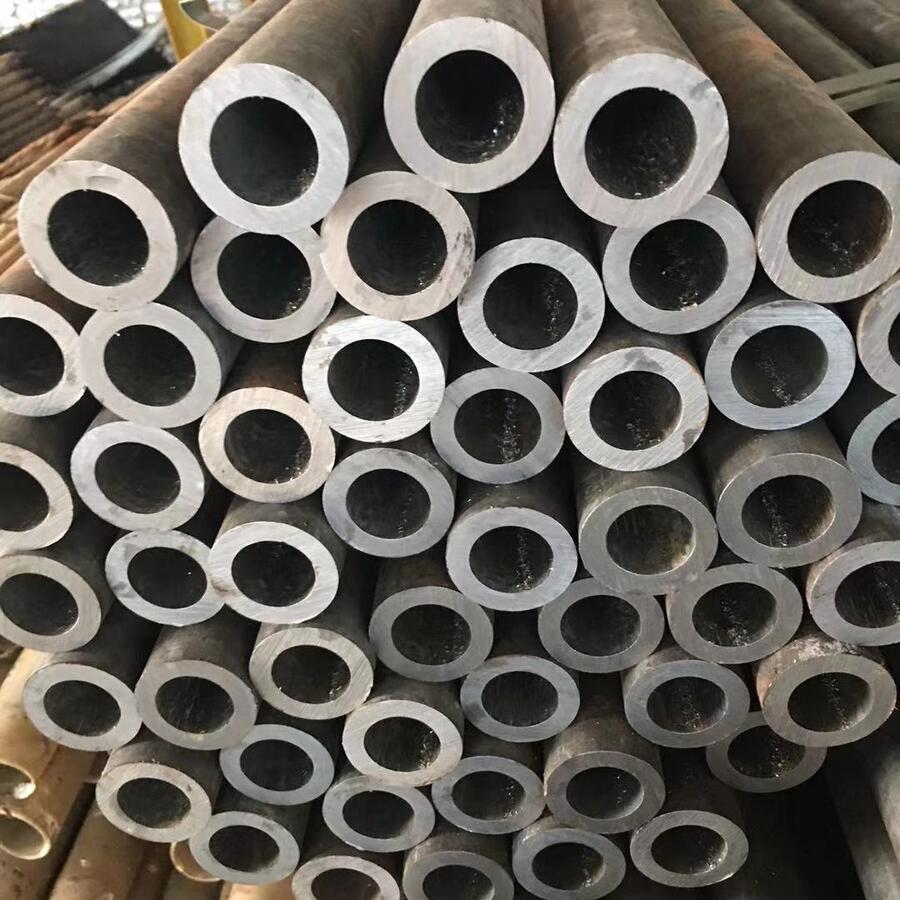Hot steel rolling mill plants are essential facilities in the steel manufacturing industry, where raw steel is transformed into finished products through a series of rolling processes. These plants utilize advanced technology and equipment to produce high-quality steel products that meet various industrial standards. En este artículo, we will explore the components, parámetros operativos, and benefits of hot steel rolling mill plants.
What is a Hot Steel Rolling Mill Plant?
A hot steel rolling mill plant is a facility where steel is heated and then passed through rollers to achieve desired shapes and sizes. The process involves several stages, including heating, laminación, and cooling. The primary goal is to produce steel products such as sheets, platos, verja, and rods that are used in construction, automotor, e industrias manufactureras.
Key Components of a Hot Steel Rolling Mill Plant
The main components of a hot steel rolling mill plant include:
- Horno de recalentamiento: This is where raw steel billets are heated to high temperatures before rolling.
- Soportes para laminadores: These are the machines that apply pressure to the heated steel to shape it into the desired form.
- Cama de enfriamiento: despues de rodar, the steel products are cooled on a bed to achieve the required hardness and strength.
- Máquina de esquila: This machine cuts the rolled steel into specified lengths.
- Sistemas de control: Advanced control systems monitor and regulate the entire rolling process for optimal performance.
Operational Parameters of Hot Steel Rolling Mill Plants
Understanding the operational parameters of hot steel rolling mill plants is crucial for optimizing production efficiency. A continuación se muestra una tabla completa que describe los parámetros clave.:
| Parámetro | Descripción | Valor típico |
|---|---|---|
| Material de entrada | Type of steel billets used | Acero carbono, Acero aleado |
| Temperatura de recalentamiento | Temperature to which steel is heated | 1100 – 1250 °C |
| Velocidad de rodadura | Speed at which steel is rolled | 1 – 5 EM |
| Fuerza rodante | Force applied during the rolling process | 1000 – 3000 kN |
| Reducción de espesor | Reduction in thickness after rolling | 50 – 90% |
| Tasa de enfriamiento | Rate at which the rolled steel cools | 5 – 20 °C/min |
| Capacidad de producción | Cantidad de acero producido por hora | 20 – 100 toneladas/hora |
| Consumo de energía | Energy used during the rolling process | 300 – 600 kWh/tonelada |
| Quality Standards | Standards met by the finished products | ASTM, ISO, EN |
Benefits of Hot Steel Rolling Mill Plants
Hot steel rolling mill plants offer several advantages:
- Alta eficiencia: El proceso de laminación continua permite altas tasas de producción..
- Rentabilidad: Producing steel in bulk reduces overall costs.
- Versatilidad: Capaz de producir una amplia gama de productos de acero..
- Improved Material Properties: The rolling process enhances the mechanical properties of steel.
Conclusión
Hot steel rolling mill plants play a vital role in the steel manufacturing industry. By understanding their components, parámetros operativos, and benefits, industry professionals can optimize their processes and improve product quality. For more information on hot steel rolling mill plants and related equipment, puedes visitar HANI TECNOLOGÍA for comprehensive solutions and resources.
En resumen, the hot steel rolling mill plant is a complex yet fascinating facility that transforms raw steel into valuable products. With advancements in technology and equipment, these plants continue to evolve, meeting the demands of modern industries.




